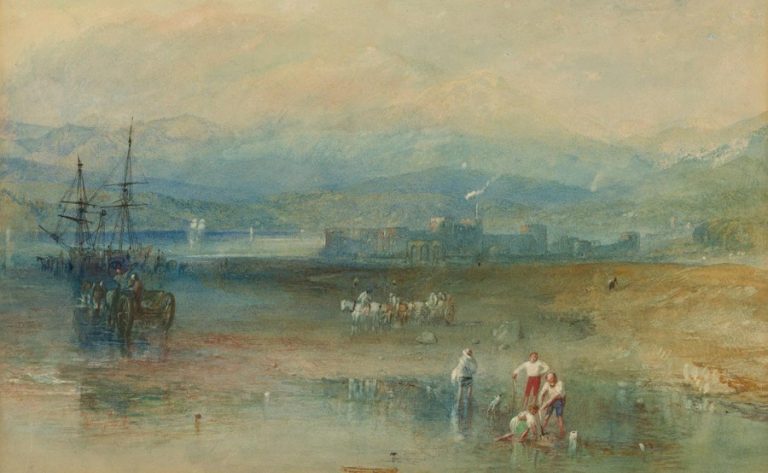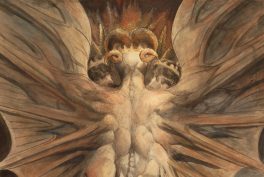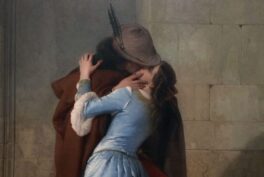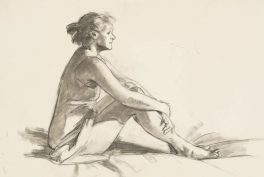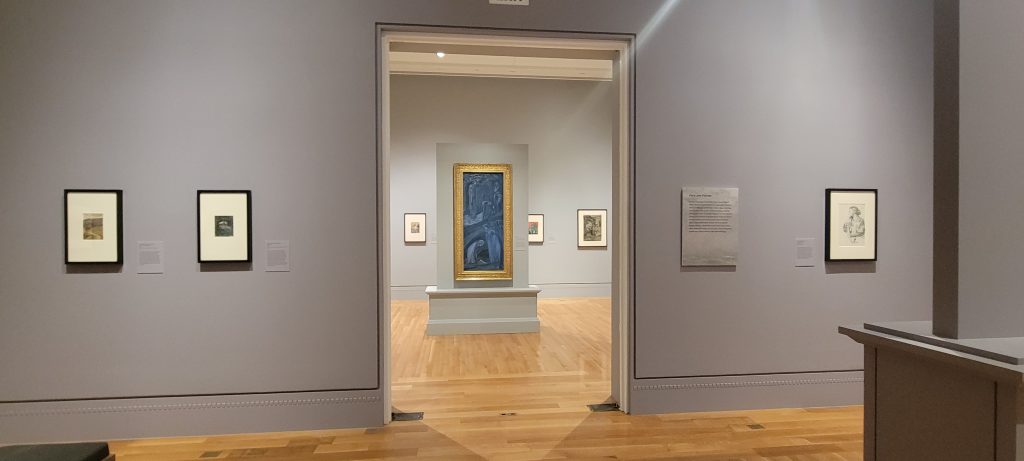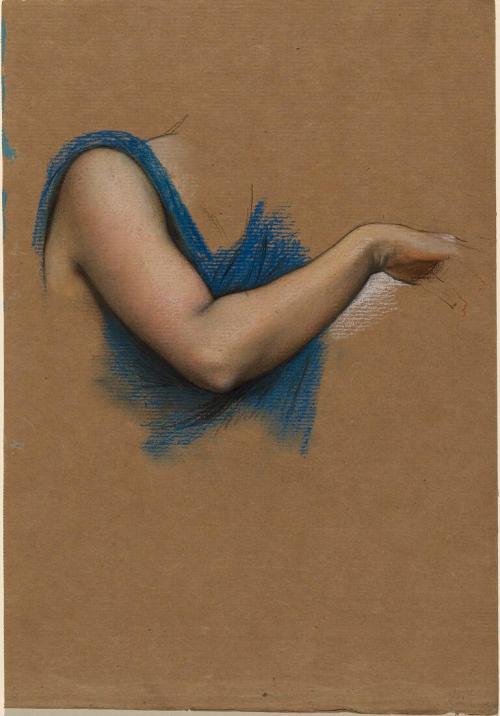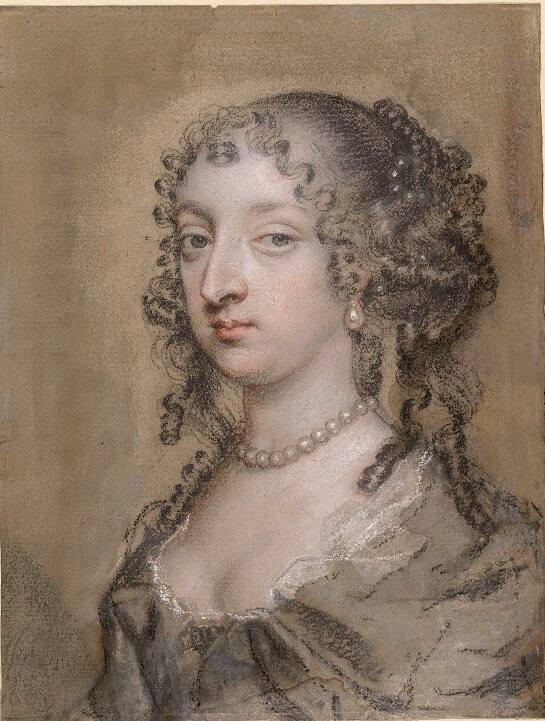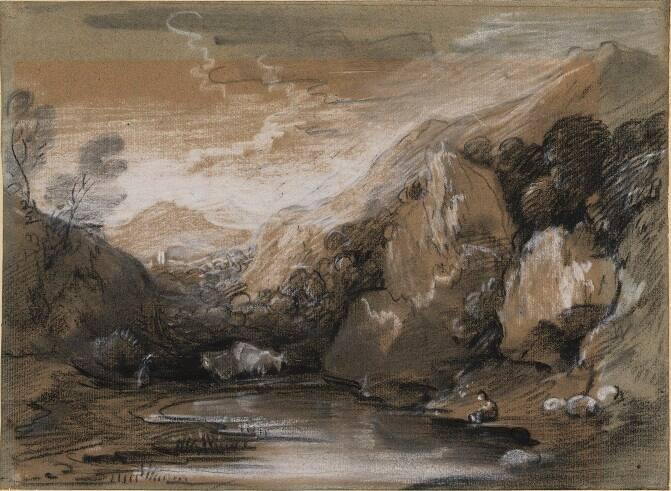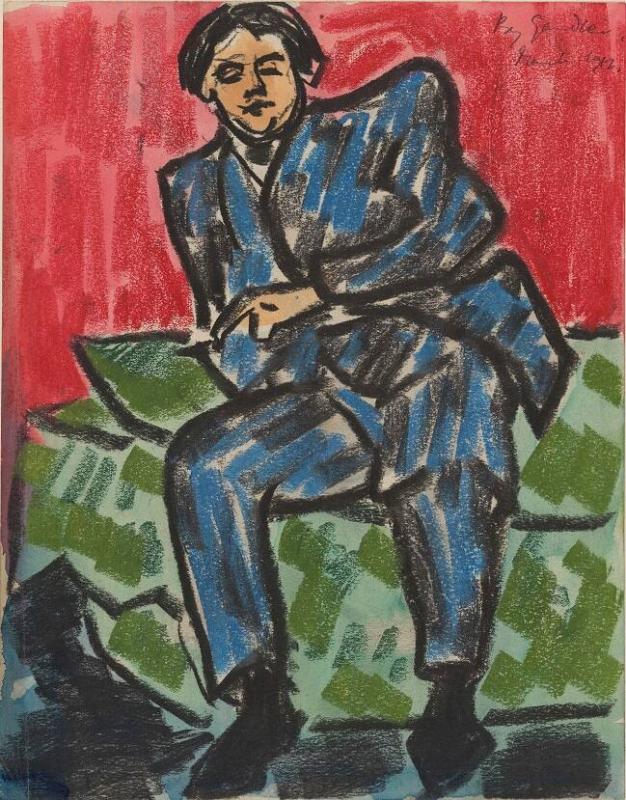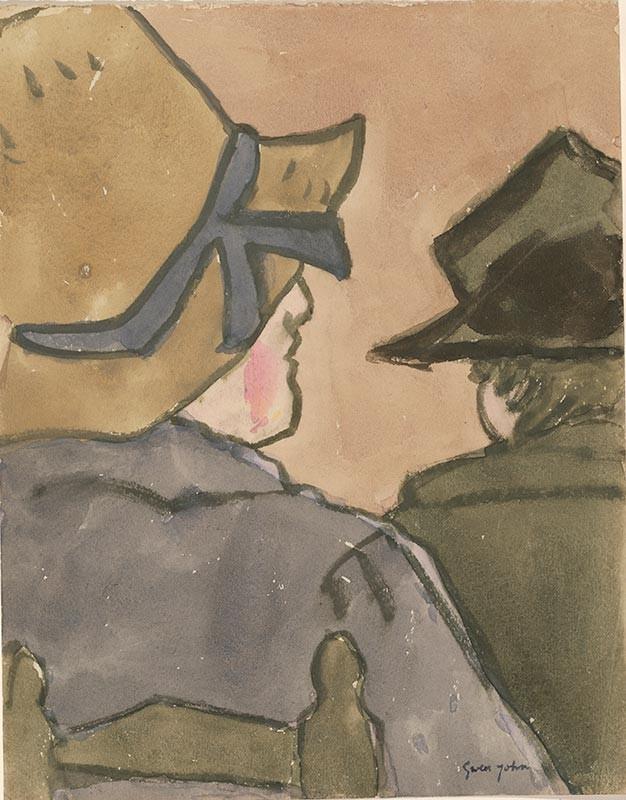History of Drawing in Britain
Drawings usually entail the linear rendition of objects, or concepts on a medium with the use of ink, charcoal, or other similar means. Works of art are often preceded by a preliminary sketch or drawing. Although the practice of drawing is often employed as a building block of artistic intention and usually forms a part of formal artistic training, drawing also flourished as an independent art form. In Britain, drawing thrived in the late 17th century. The inspiration came from the influx of artists from continental Europe as well as from the British artists that traveled abroad to obtain artistic training.
The Collection at the Huntington
The British Drawings exhibit tracks the development of drawing in Britain and demonstrates the full range of the creative process from rough sketches to finished works. It covers a wide array of styles and a variety of paintings such as landscapes, illustrations, caricatures, portraiture, still life, and historical subjects.
Robert R. Wark, the curator of the Huntington’s art collections from 1956 to 1990, was responsible for the compilation of this remarkable repository in Southern California. Founders Henry and Arabella Huntington were ardent collectors of British art, however with a few exceptions, the drawings were not purchases made by them.
Highlights of the Exhibit
This impressive exhibit represents many one-of-a-kind artworks under one roof. It includes revered names in British art history such as Thomas Gainsborough, John Roddam Spencer Stanhope, and Samuel Palmer to name a few as well as many other lesser known, yet impressive, British artists through the decades. Here are some highlights.
